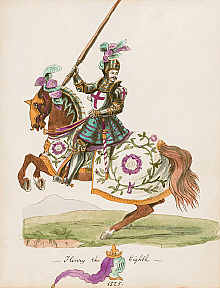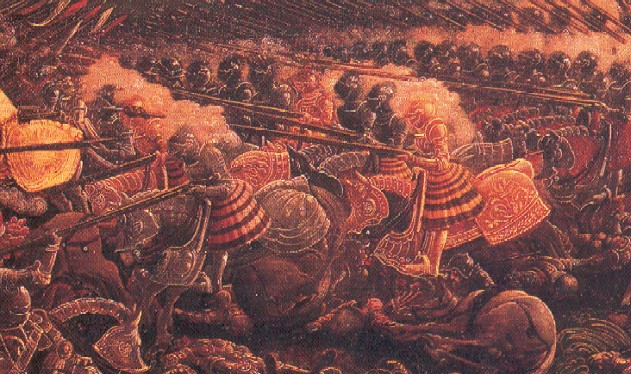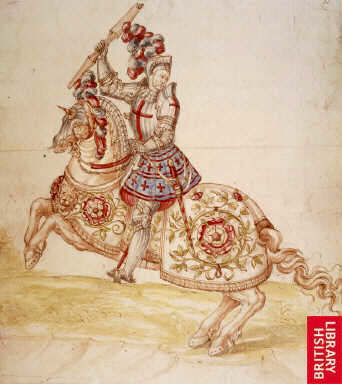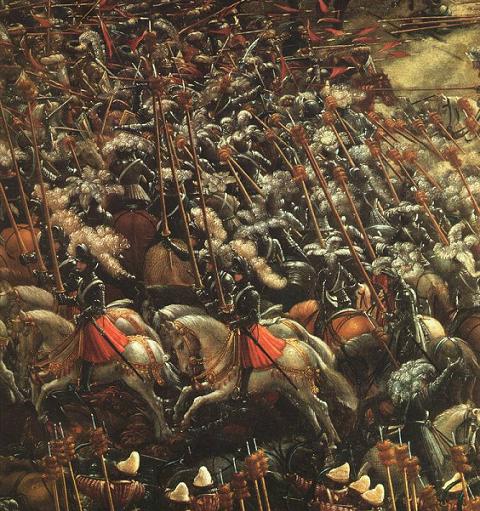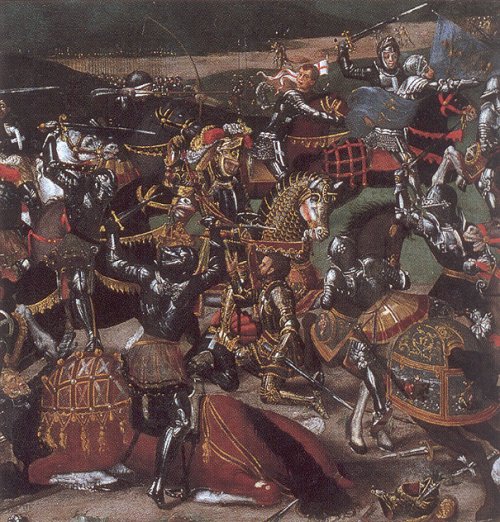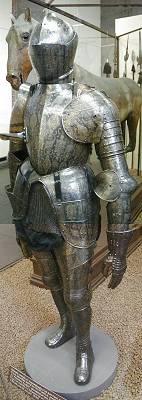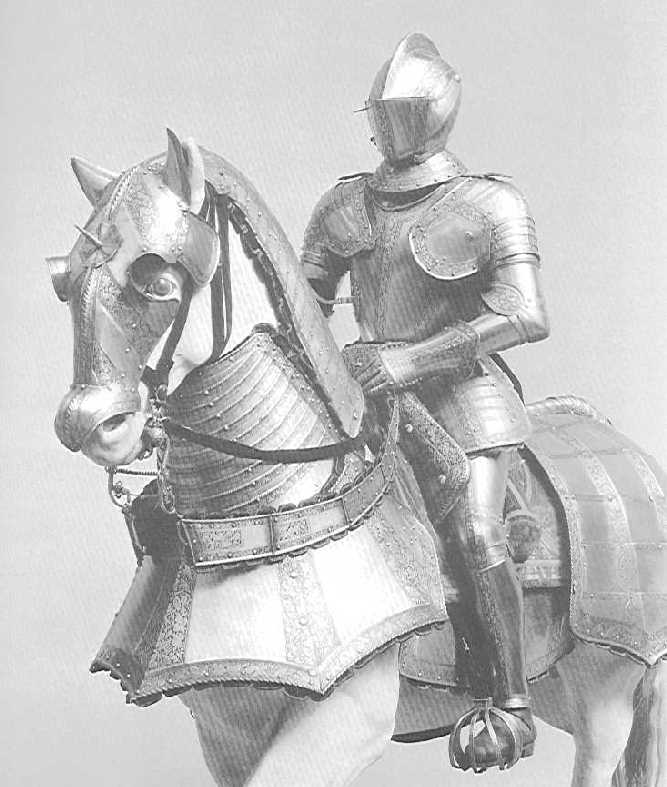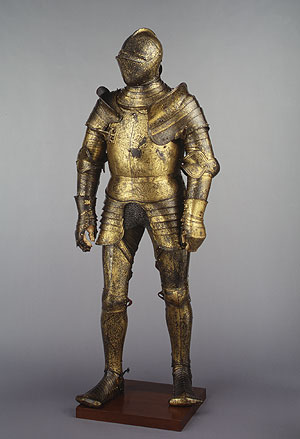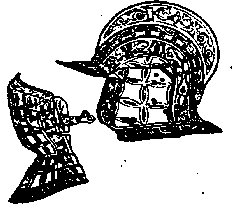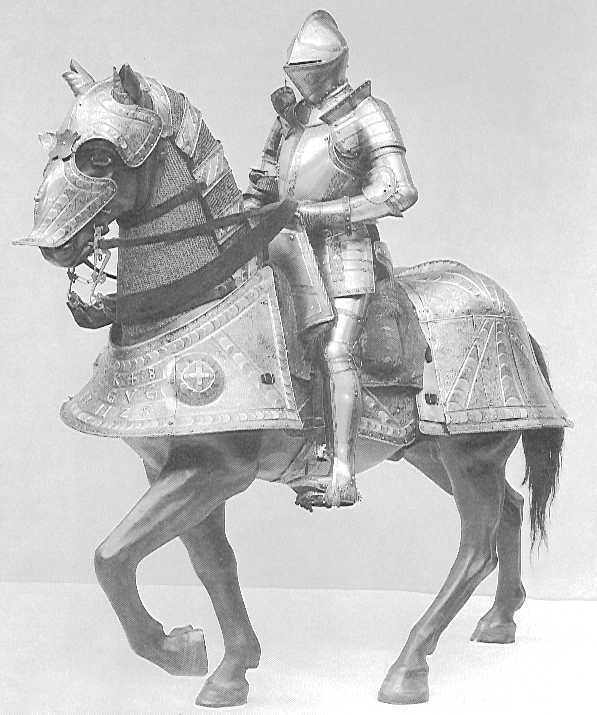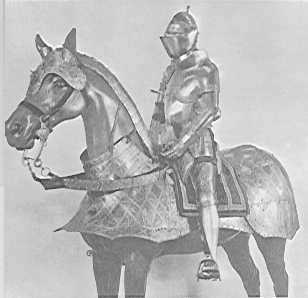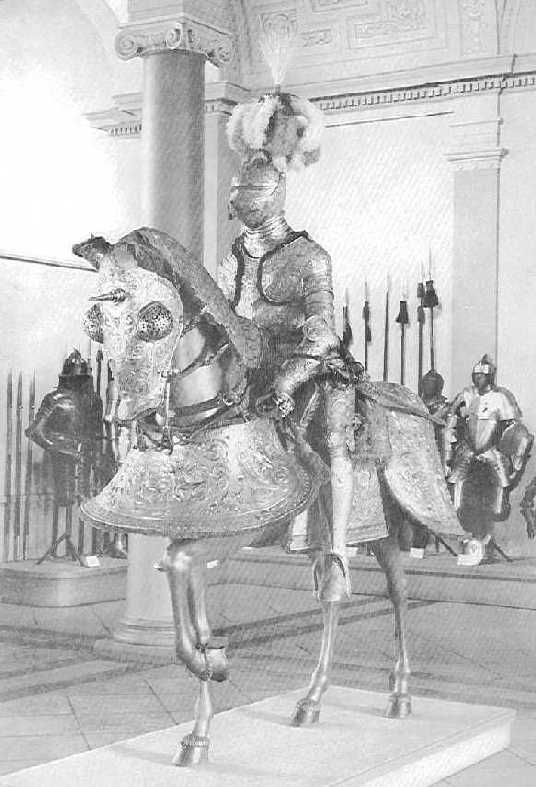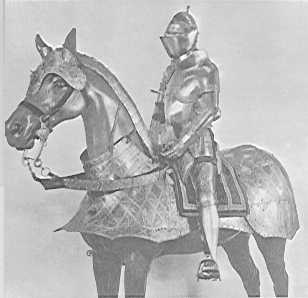I have some paintings with french gendarmes, and i´m not sure what kind of armour are them using, or they really used in combat.
I´m not sure how reliable paintings are, but looking their helmets and the fact that they are very similar, maybe they are based in a true kind of armour wich i don´t know.
Do you know wich style of armour are they using in the pics, or wich kind of armour they prefered during the frist half of the XVI century?
Thanks.
